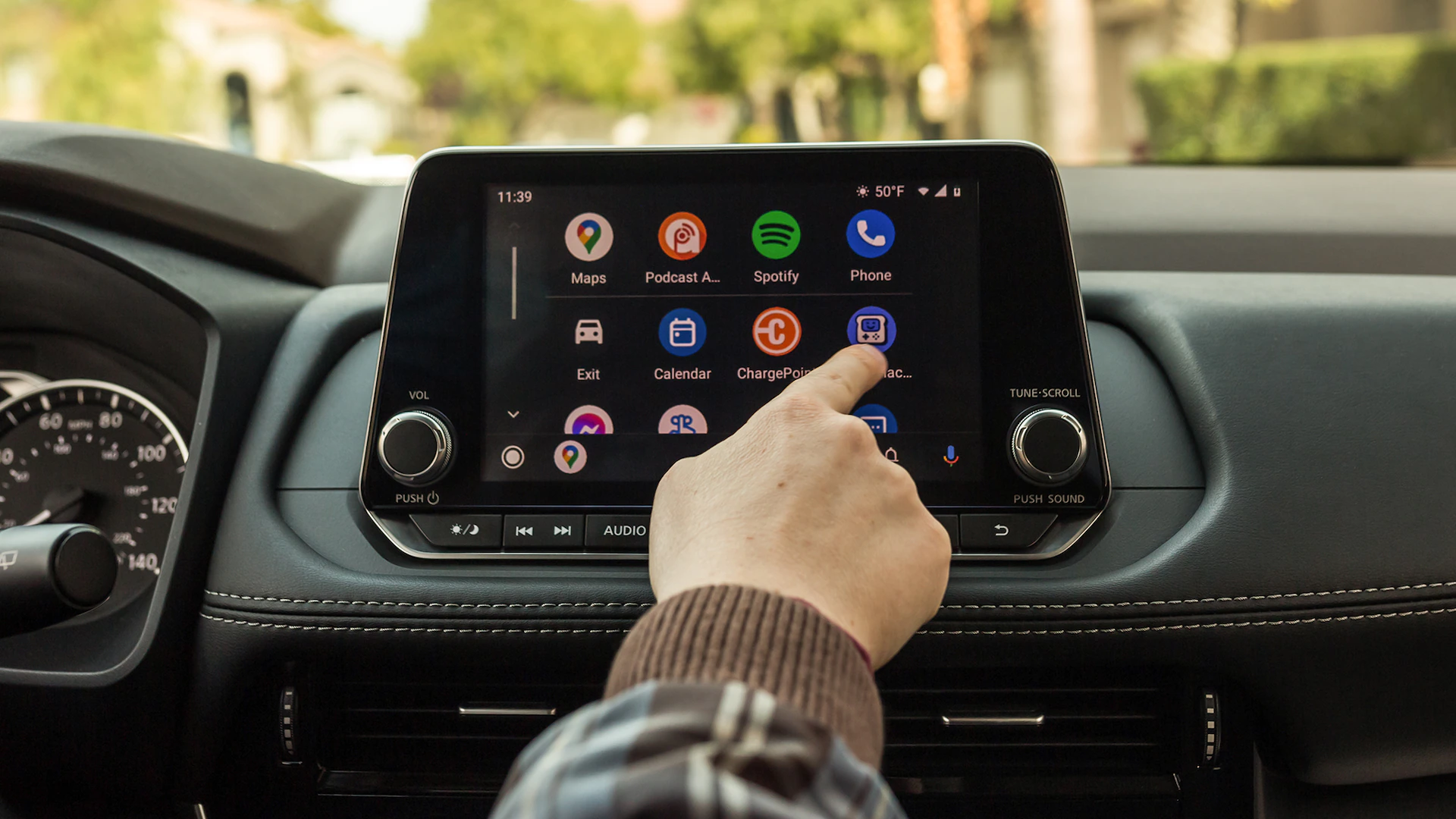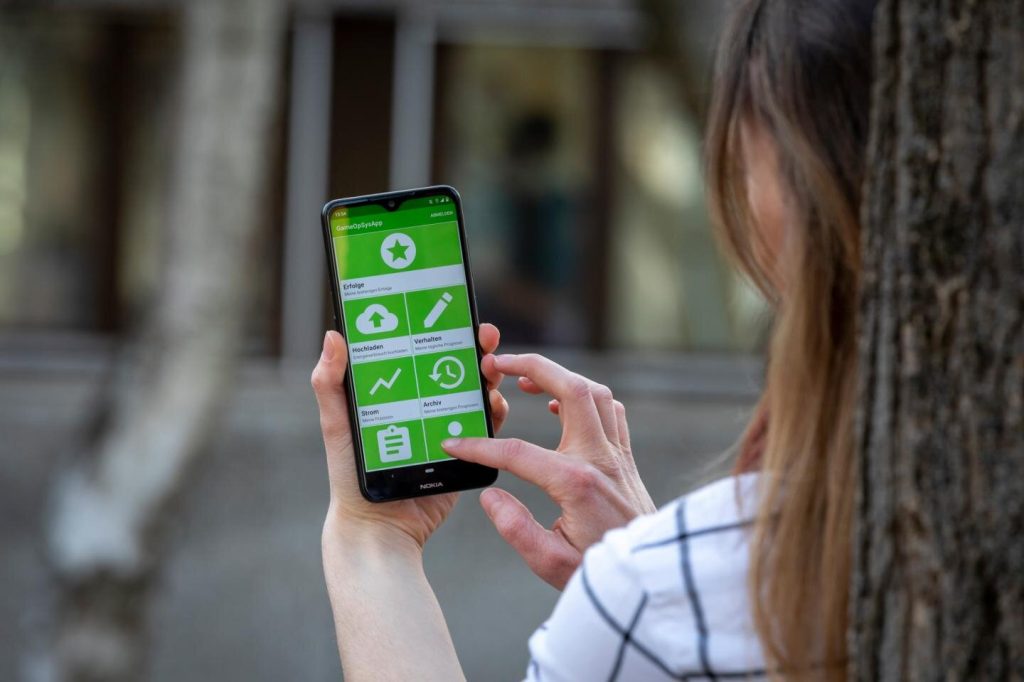
Before 2015, most of us were used to using different interfaces for different car makers. A lot has changed since then, thanks to Android Auto, which allows any Android smartphone, including budget smartphones, to work with almost any car infotainment system in a modern and user-friendly way. It is a platform that
Before we get down to installing it in our car, let’s take a look at the history and mechanics of Android Auto. Also note that this is separate from Android Automotive, which is a full-featured operating system that supports some in-vehicle infotainment systems such as the Polestar 2. In fact, Android Auto requires a smartphone connected to a compatible infotainment system. Functions – Entertainment System. Like Apple’s CarPlay.
Story
Android Auto was first announced at Google I/O in 2014. About a year later, the 2015 Hyundai Sonata became the first car to support the feature. The app has come a long way since then, and 2019 saw a major change in its design. Android Auto is gradually expanding to more countries and many new makes and models. Now works on almost all modern cars.
Google updates Android Auto frequently and recently announced a major update to improve the user experience and make it even easier for drivers.
How android auto works
The calculations are done on the smartphone and various applications and content are displayed on the car’s screen, making it easy to use a dedicated driver-friendly interface with your favorite software while driving.
Essentially, you can access your favorite apps like navigation, music, podcasts and more from your car screen. This means that Android Auto complements the car’s existing infotainment system without replacing it. Use your car’s built-in navigation software or switch to Android Auto at any time. Benefits of the latter include being able to use the same interface for your favorite apps no matter what machine you’re using.
Wired and Wireless Android Auto
Android Auto can be used wirelessly in some vehicles. This means you can put your phone in your pocket and it will automatically connect wirelessly to your car, so you can use Android Auto on your car screen without cables. This method works, but be aware that it drains your phone’s battery and requires more resources than doing it with a good old cable.
Besides using it wirelessly, you can also connect with a USB cable. Some manufacturers still don’t support wireless Android Auto, so this method is more widely applicable. More importantly, the cable keeps your phone’s battery charged while you drive, so you can reach your destination with a fully charged phone.
How to use android auto
Now that we know what Android Auto is, let’s see how to use it.
Use Android Auto on a wired connection.
- The easiest way to connect your phone to your car is with a USB cable.
- Inside the car, turn on the ignition. Apply the parking brake and shift the shift lever to P (neutral if you are driving with a stick).
- Connect your smartphone to your car by USB cable.
- Most systems can automatically run Android Auto. You may need to press the App button or Android Auto if your car doesn’t.
- When connecting for the first time, you will need to agree to some prompts on your smartphone and car screen.
- Once the initial setup is complete, Android Auto will automatically open on your car’s screen. Before your trip, you’ll see some cards on your screen that show you how it works and what you can do.
- If your car has Android Auto wirelessly, press the in-car app or Android Auto button and select your phone. Connections are established automatically without any additional steps.
Using Android Auto with a wireless connection
If you don’t have a cable, here’s how to connect your cordless phone to your car. May not work on all compatible vehicles, especially older models.
- Start the car. Set the parking brake and place the shift lever in P (or neutral if driving).
- Go to phone settings and find Android Auto.
- Press the blue vehicle connect button.
- You will be asked to connect your phone to the vehicle using a USB cable. Ignore this message and tap Connect using Android Auto Wireless.
- On similar models manufactured after 2021, you can pair your phone by pressing and holding the voice command button on the steering wheel. We recommend that you tap Connect via Bluetooth and select Create a car, as this option only works on a few models.
- Pair your phone with your car’s Bluetooth connection in the same way you would connect a regular phone to your car. This means it needs to poll the vehicle’s infotainment system before connecting. In most cases, you will also need to verify the pairing code on both systems.
- Once paired, your phone will automatically start the Android Auto setup process in your car and Android Auto will automatically launch on your car’s screen.
- The next time you get in your car, press the car app or Android Auto button and select your phone. The connection is established automatically without any additional steps.
To drive
The next time you drive, you can use Android Auto to listen to music or one of your favorite podcasts, navigate to your destination using Google Maps, Waze and Hear WeGo, and send messages via dictation. Or you can ask your secretary to read it to you. out loud. you. Not only can you use the built-in apps, but you can also download new apps and customize your experience to make it even more enjoyable.
And because Android Auto comes with Assistant, you can interact with your car in new ways to turn off the lights when you’re out, turn on the washing machine when you get home, or open the garage door when you’re home. In addition to these cool features, it can also perform basic tasks like weather notifications, set timers, and send messages without disturbing your driving.
Make your vehicle’s infotainment system smarter
Android Auto has drastically changed the user experience for most drivers and made it consistent no matter what car they drive. It offers an innovative and connected way inspired by the way we use our smartphones, facilitating interaction with the vehicle’s infotainment system.
The platform isn’t perfect as it has some flaws that drive us crazy, but it’s still better than CarPlay.


